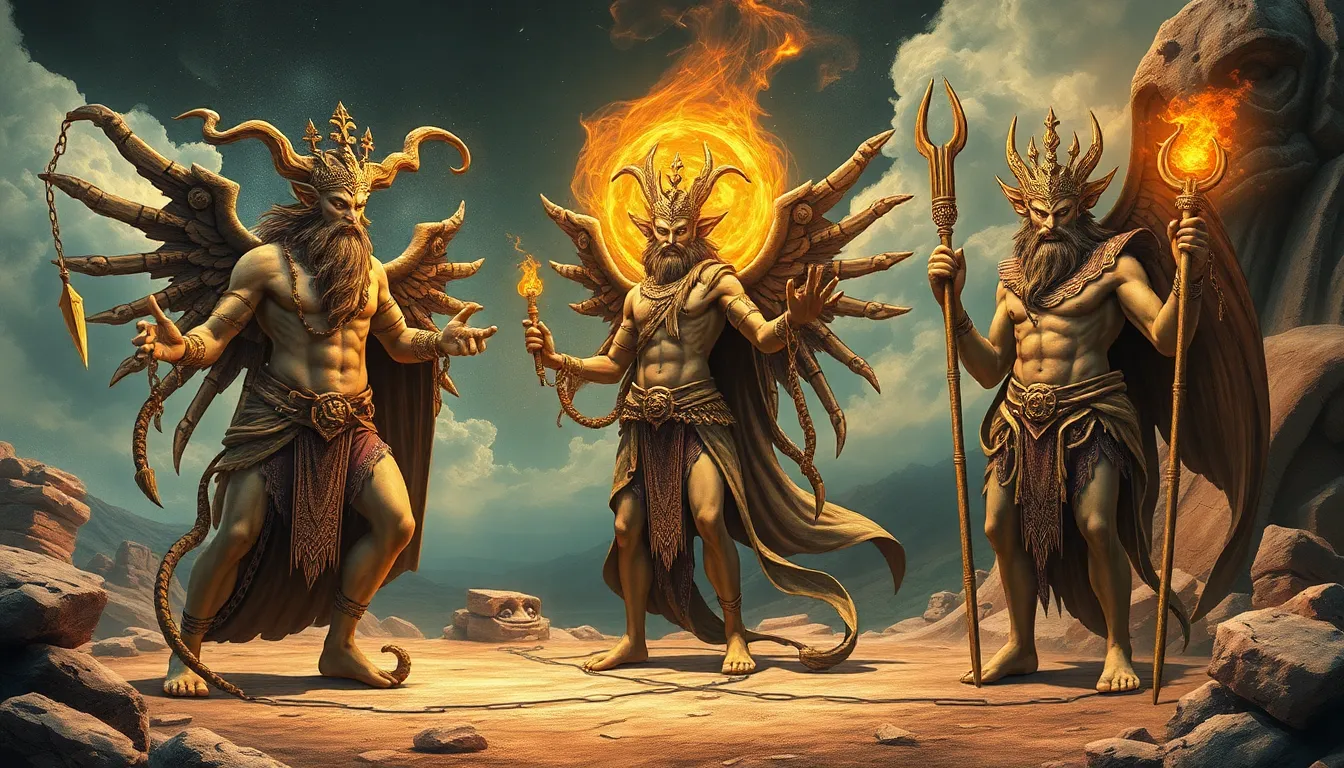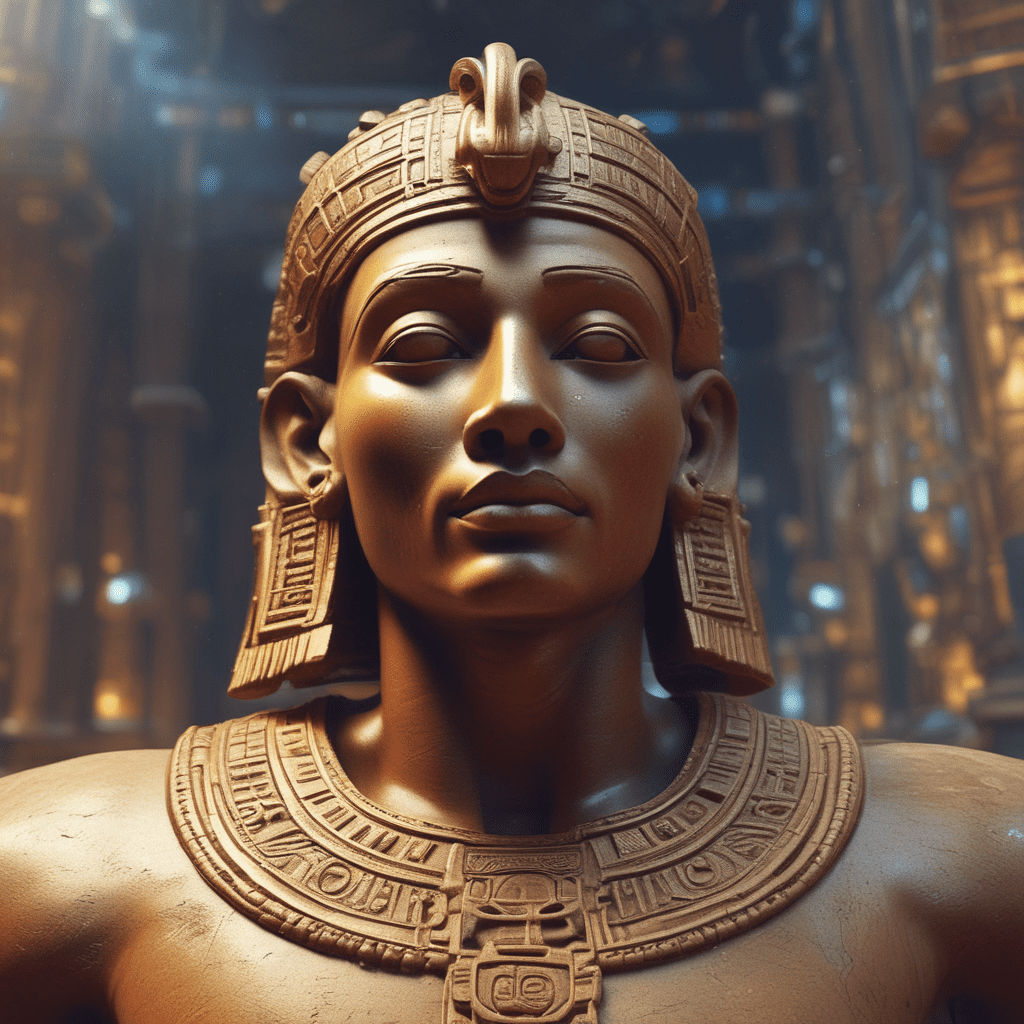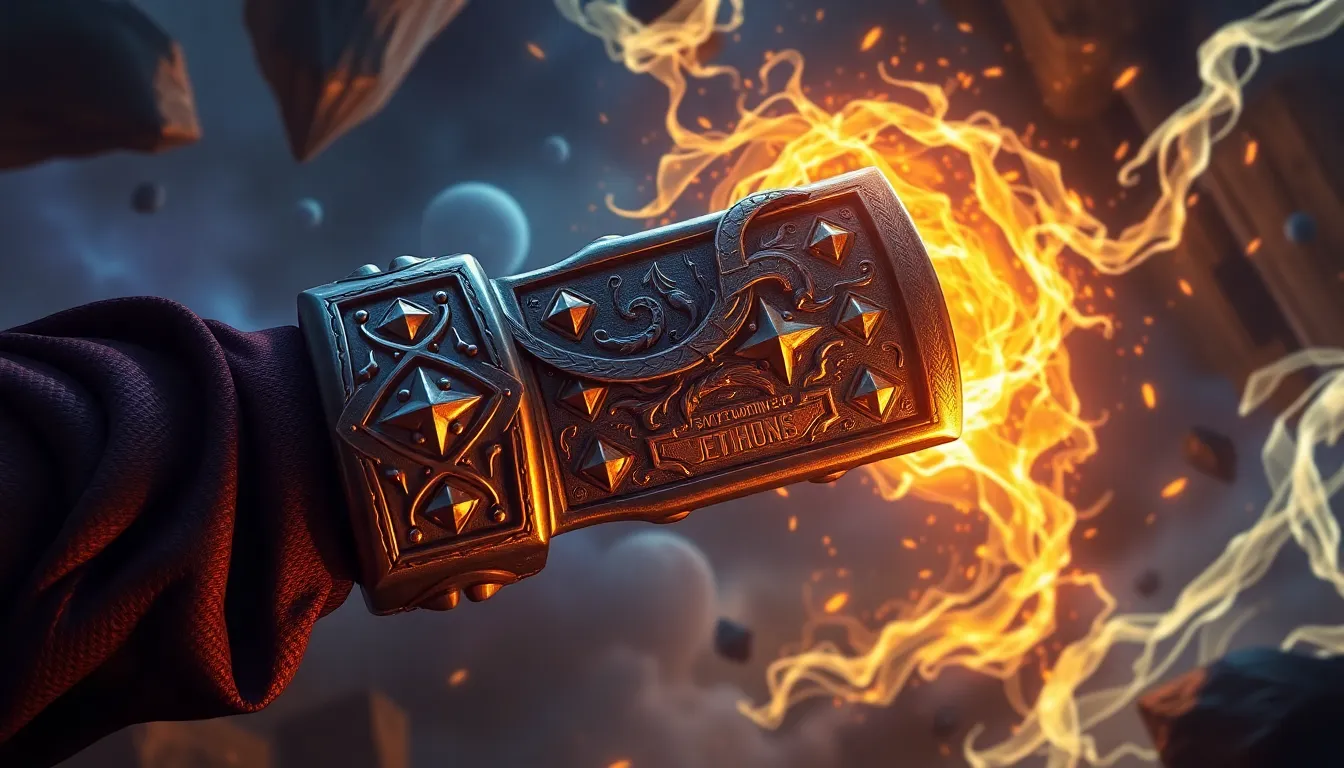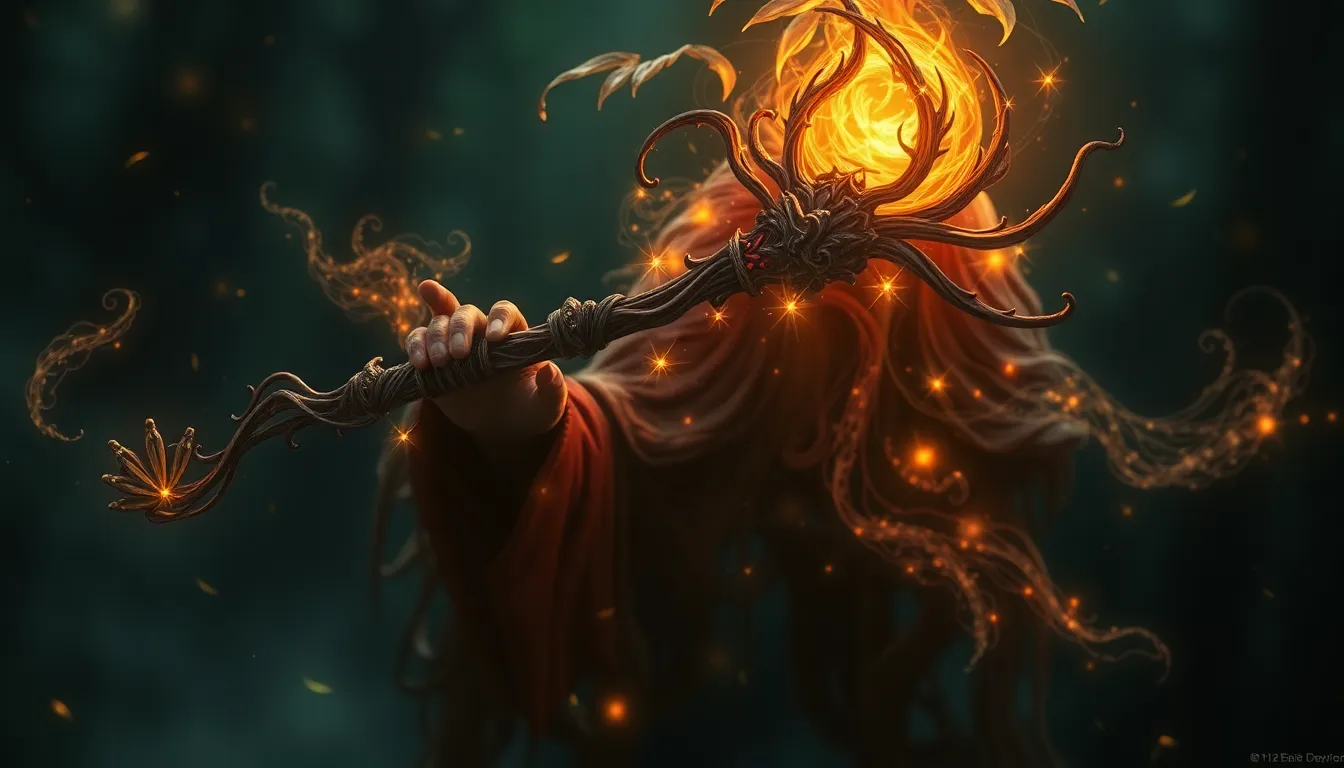The Most Interesting Myths of Ancient Deities and Their Relationships
Introduction to Ancient Deities and Myths
Deities have been central to the belief systems of cultures throughout history, representing the divine and the sacred. In various cultures, deities are often seen as powerful beings that govern nature, human affairs, and the cosmos. Myths surrounding these deities provide insight into the values, fears, and aspirations of ancient civilizations.
Understanding these myths is crucial for comprehending the social and cultural dynamics of the people who created them. Myths often depict the relationships among deities, showcasing themes of love, conflict, betrayal, and cooperation, which reflect human experiences and emotions.
The Pantheon of Greek Mythology
Greek mythology is rich with a pantheon of gods and goddesses, each with distinct personalities and narratives. Key figures include:
- Zeus: The king of the gods, associated with the sky and thunder.
- Hera: The queen of the gods, protector of marriage and family.
- Poseidon: God of the sea, known for his temperamental nature.
- Athena: Goddess of wisdom and warfare.
- Aphrodite: Goddess of love and beauty.
The relationships among these deities are marked by love and rivalry. Zeus’s numerous affairs led to jealousy from Hera, causing a complex web of love, betrayal, and revenge among the gods. The dynamics between these deities illustrate the human condition, with their interactions often mirroring human relationships.
The Intriguing Tales of Egyptian Deities
Egyptian mythology features a pantheon of gods and goddesses, each playing a vital role in the cosmos. Key deities include:
- Ra: The sun god, symbolizing creation and life.
- Osiris: God of the afterlife, resurrection, and agriculture.
- Isis: Goddess of magic and motherhood, wife of Osiris.
- Set: God of chaos and desert storms, brother of Osiris.
The story of Osiris and Isis is one of love and resurrection. After Set killed Osiris out of jealousy, Isis’s determination to resurrect her husband highlights themes of love and loyalty. Conversely, the conflict between Set and Osiris showcases jealousy and revenge, illustrating the darker sides of divine relationships.
Norse Mythology: Gods, Giants, and Complex Relationships
Norse mythology is characterized by its rich tapestry of gods, giants, and mythical creatures. Key figures include:
- Odin: The Allfather, god of wisdom and war.
- Thor: God of thunder, known for his strength and bravery.
- Loki: A trickster god, associated with mischief and deceit.
The relationship between Odin and Loki is particularly intriguing, marked by friendship and betrayal. While they often collaborate, Loki’s deceitful nature leads to conflicts that threaten the Aesir gods. Additionally, the dynamics between the Aesir and Vanir gods reflect themes of conflict and reconciliation, emphasizing the complexities of divine interactions.
Hindu Deities and Their Interwoven Tales
Hindu mythology is known for its elaborate narratives and a multitude of deities. Prominent deities include:
- Brahma: The creator god, part of the Trimurti.
- Vishnu: The preserver, known for his avatars.
- Shiva: The destroyer, representing transformation and renewal.
- Durga: A fierce goddess representing power and protection.
The love story of Radha and Krishna exemplifies devotion and divine love, showcasing the depth of emotional and spiritual connections in Hinduism. Additionally, the relationships depicted in the Ramayana, particularly between Rama, Sita, and Ravana, reveal themes of loyalty, duty, and the complexities of love.
The Complexities of Mesopotamian Deities
Mesopotamian mythology features a pantheon of influential deities, including:
- Enlil: God of wind and storms, a chief deity.
- Inanna: Goddess of love, war, and fertility.
- Marduk: A prominent god associated with creation and order.
The story of Inanna’s Descent into the Underworld explores themes of love, power, and sacrifice, as she seeks to reclaim her position. Similarly, Marduk’s battle with Tiamat symbolizes the struggle between chaos and order, highlighting the complexities of divine relationships in the face of primordial chaos.
The Relationship Dynamics in Indigenous Mythologies
Indigenous mythologies worldwide feature various deities that reflect the natural world and human experiences. Notable figures include:
- Coyote: A trickster figure, often teaching lessons through humor and mischief.
- Spider Woman: A creator goddess in many Native American cultures, symbolizing interconnectedness.
These myths often emphasize the interconnectedness of nature and deities, illustrating how human actions affect the environment. The role of trickster figures like Coyote teaches moral lessons, highlighting the complexities of relationships and the balance of nature.
The Role of Female Deities and Their Influence
Across various mythologies, female deities hold significant power and influence. Prominent figures include:
- Venus: The Roman goddess of love and beauty.
- Hathor: Egyptian goddess of love, music, and motherhood.
- Freya: Norse goddess of love, fertility, and war.
Female deities often embody maternal and nurturing roles, reflecting the importance of women in ancient societies. Additionally, they serve as symbols of power and rebellion, challenging patriarchal norms and redefining their roles within their respective mythologies.
Comparative Analysis of Divine Relationships
When comparing the myths and relationships of deities across different cultures, several common themes emerge:
- Love and Betrayal: Many myths illustrate the tension between love and jealousy, often leading to conflict.
- Power Dynamics: The struggles for power among deities often mirror human political dynamics.
- Interconnectedness: The relationships among deities often reflect the interconnectedness of nature and humanity.
These themes highlight the enduring relevance of ancient myths in understanding human relationships and societal values. The complexities of divine relationships serve as a reflection of the human experience, illustrating our desires, fears, and the eternal quest for understanding.



